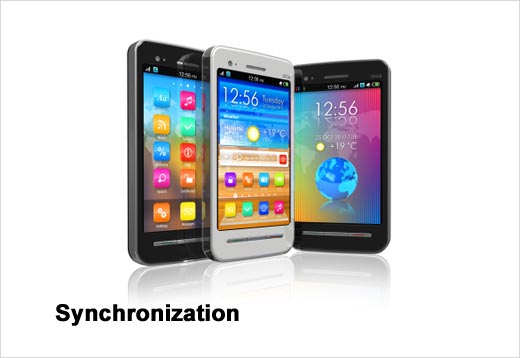The consumerization of mobile field service offers tremendous benefits and value that increasing numbers of companies are accessing. In fact, a recent Harris survey commissioned by ClickSoftware showed that the value of a smartphone is nearly $12,000 in time savings.
While there’s little doubt as to the effectiveness of using smart devices for field service operations, a number of considerations regarding durability and efficiency need to be assessed when choosing mobile hardware. As the trend continues toward employing versatile and increasingly powerful smartphones and tablets, there has also been a movement away from a reliance on more rugged devices. Still, it’s necessary to evaluate the requirements of personnel in the field and the capabilities provided by a range of smart devices.
Mobile network expansion, new audio and video technologies, cloud services, the ubiquity of Wi-Fi connectivity and improved battery capacity are all key enablers for more effective mobile-based field service. Gil Bouhnick, vice president of Mobility at ClickSoftware, offers five considerations for choosing the right mobile device.
Click through for five factors that should be considered when choosing a mobile device, as identified by Gil Bouhnick, vice president of Mobility, ClickSoftware.
Mobile applications and software components enable a range of devices (smartphones, tablets, laptops) to be customized to specific company or industry requirements. While there are certain attractions to the ergonomic aspects and ease of touch screen platforms, a key question to ask is: Do you need a device to withstand harsh working conditions? Field technicians may require hardware that is both compact and nearly indestructible, offering easy access. A number of specialized hardware manufacturers offer diverse selections.
An increase in smartphone and consumer tablet use across all verticals means that intercommunication between devices is essential. Platform-agnostic HTML5 represents the cornerstone of the Open Web Platform and incorporates standard Web technologies (HTML, Java, CSS). This write-once-run-anywhere approach to mobile development creates cross-platform mobile applications that work on multiple devices.
Certain industries, such as health care or heavy machinery environments, present limitations regarding online connectivity. For that reason, online/offline synching capability enables technicians to record data offline, then synch and update records upon reconnection.
Lost or stolen mobile devices present security concerns, especially for cloud-based solutions that relay data via wireless networks. The capability to perform remote wipes of data ensures that information remains protected. Companies also need to be concerned with securing data transfers and having adequate encryption controls in place.
The swift innovation trends related to mobility translate to newer, more sophisticated devices and capabilities being constantly introduced. Device proliferation and tracking present support issues that need to be addressed. It’s important to keep in mind that a company’s IT help desk should be involved in supporting a mobile device strategy. Without such support, workers may encounter issues they are incapable of resolving.








